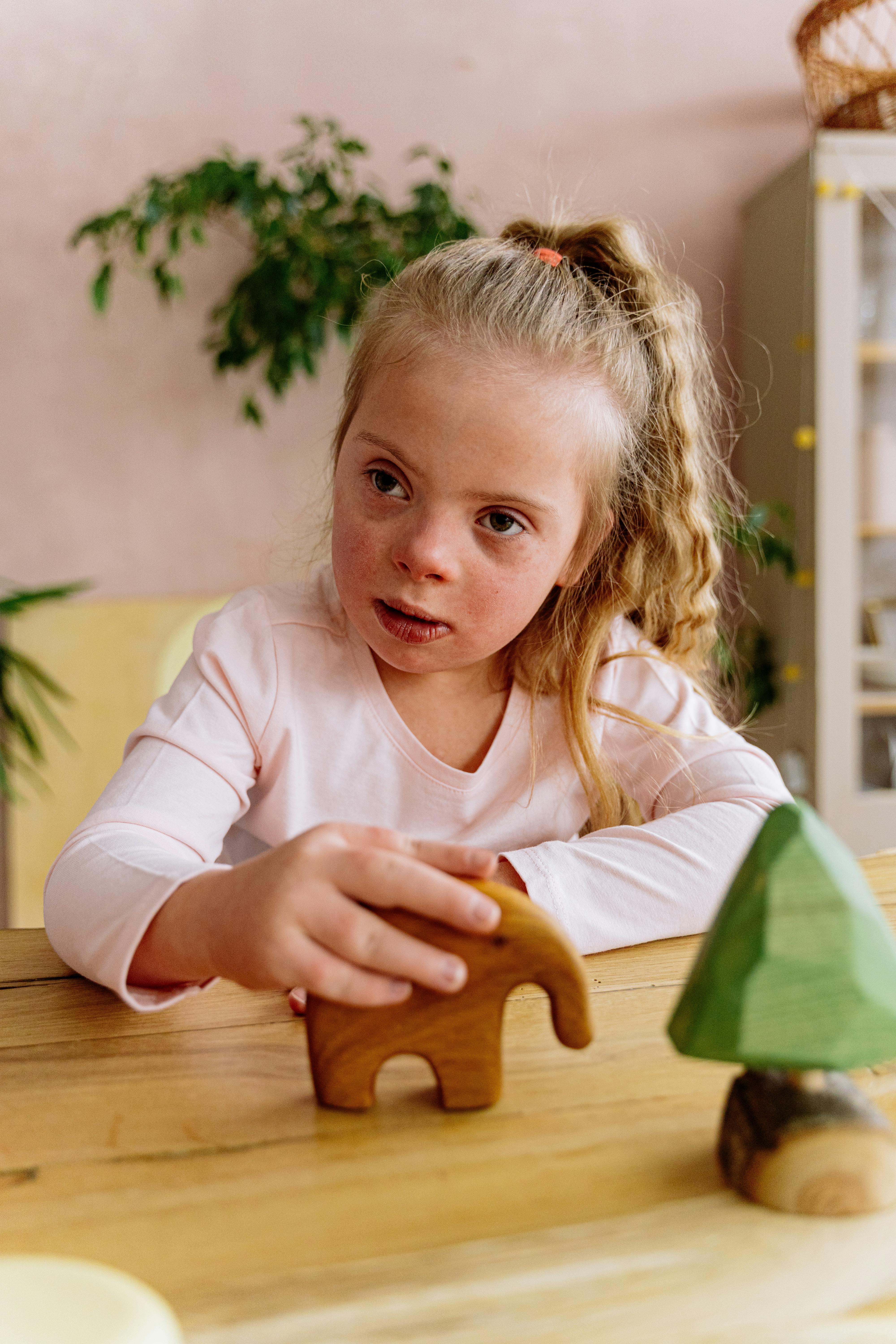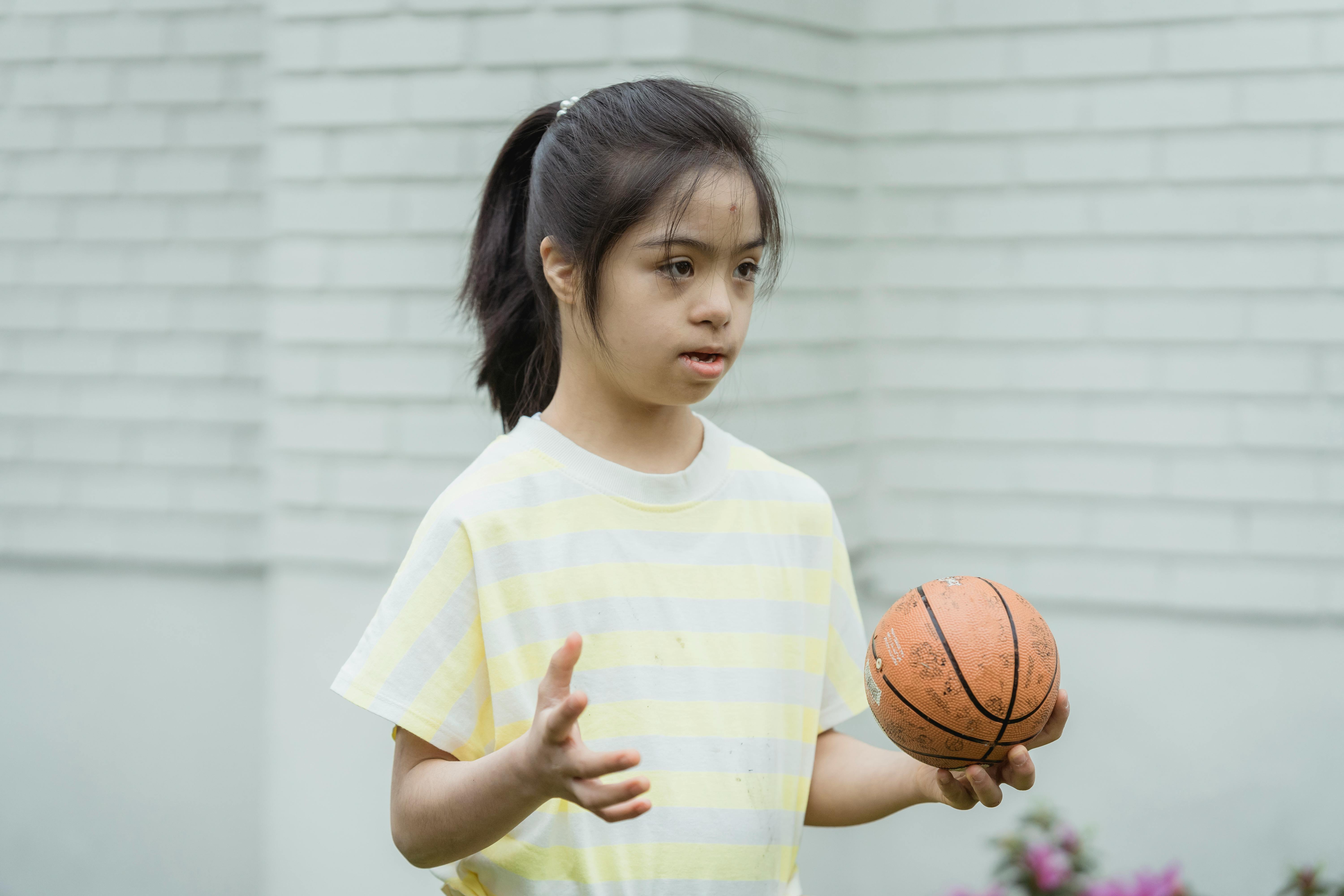Addressing the Health Needs of Youth in Grand Marais Minnesota
In today’s rapidly evolving world, the health needs of youth in Grand Marais Minnesota deserve heightened attention. As a rural community, Grand Marais faces unique challenges when it comes to supporting its adolescent population. This article will explore critical health areas, actionable strategies, and community-focused solutions to ensure a healthier future for local youth.

Understanding the Fundamentals
Youth health encompasses mental, physical, and social well-being. In Grand Marais Minnesota, geographic isolation, limited services, and climate factors add complexity to these needs. Understanding these foundational aspects is crucial to developing effective interventions for the region’s teens.
Think of youth health like building a house—without a strong foundation, everything above it becomes unstable. This section explores the pillars on which adolescent well-being is built.
1.1 Physical and Nutritional Health
Physical health remains a cornerstone of youth development. In Grand Marais, access to fresh produce and regular medical checkups can be limited due to long distances and harsh winters. According to a 2023 study, rural teens in Minnesota are 25% less likely to meet daily physical activity guidelines compared to their urban peers.
To combat this, local schools have introduced nutrition education and fitness programs. However, challenges persist due to food insecurity and seasonal limitations on outdoor activities.
1.2 Mental and Emotional Health
Mental health is equally essential, especially in a tight-knit but geographically remote town like Grand Marais. Youth often face isolation, academic pressure, and limited outlets for expression. Depression, anxiety, and substance use are prevalent among adolescents in rural Minnesota, with suicide rates 1.5 times higher than urban counterparts.
Initiatives like community support groups and in-school counseling have proven helpful. Still, stigma and lack of trained professionals remain barriers to consistent care.
Practical Implementation Guide
Once the foundations are understood, the next step involves applying tailored strategies that suit Grand Marais’ specific environment. The following guide outlines realistic and community-driven methods to improve youth health outcomes.

2.1 Actionable Steps
- Assess Community Resources: Map available healthcare services, nutrition programs, and youth centers in Grand Marais Minnesota.
- Create Youth Health Coalitions: Involve schools, parents, healthcare providers, and youth in collaborative planning.
- Launch Awareness Campaigns: Use social media, school announcements, and local events to raise awareness about the health needs of youth in Grand Marais Minnesota.
2.2 Overcoming Challenges
Some common obstacles include:
- Limited transportation – Organize ride-share programs or mobile clinics
- Funding gaps – Apply for state grants and seek private sponsorships
- Healthcare provider shortages – Partner with telehealth services
- Community stigma – Offer anonymous resources and peer-led discussions
Expert advice suggests establishing “youth ambassadors” to bridge communication gaps between institutions and teenagers, making programs more relatable and effective.
Advanced Applications
Once the basics are in place, Grand Marais can explore advanced initiatives to further support adolescent well-being. These strategies involve technology, policy influence, and holistic program design tailored to rural lifestyles.

3.1 Telemedicine for Rural Teens
Telemedicine offers remote access to physicians, counselors, and specialists—critical for a town like Grand Marais where facilities are limited. During the pandemic, its use surged by over 400%, showcasing its viability. Some schools now provide virtual check-in kiosks and mental health hotlines for student use.
3.2 Integrated School-Based Health Centers
Embedding healthcare within schools allows easy access without stigma. These centers integrate with school records and daily schedules, ensuring students don’t miss appointments. Compatibility with Medicaid and parental controls also makes it budget-friendly and secure.
Future Outlook
Emerging trends indicate a future where rural youth will benefit from AI-driven diagnostics, personalized fitness trackers, and virtual reality mental health tools. Minnesota’s Department of Health projects a 30% increase in funding for rural youth programs by 2028.
Grand Marais can prepare by investing in digital infrastructure, training educators in mental health first aid, and involving youth in policy decisions through advisory boards.
Conclusion
The health needs of youth in Grand Marais Minnesota require an all-encompassing, community-led approach. Key takeaways include the importance of foundational health, actionable local programs, and embracing technological advancement. Addressing these areas empowers youth to lead healthier, more fulfilling lives.
If you’re a parent, teacher, or community member, now is the time to get involved. Participate in local coalitions, advocate for funding, or simply start a conversation with the youth in your life. Your involvement can make a lasting difference.
Frequently Asked Questions
- Q: What are the biggest health concerns for youth in Grand Marais Minnesota? Mental health, physical inactivity, and limited access to healthcare are the most pressing concerns.
- Q: How can I get involved in helping local youth? Join a youth health task force, volunteer at schools, or support awareness campaigns.
- Q: How long does it take to see improvements in youth health? Visible improvements may take 6–12 months, depending on the initiative and participation level.
- Q: Are youth health programs expensive to implement? Costs vary, but many programs can start small with community volunteers and grants.
- Q: How do these programs compare to urban solutions? Rural programs must adapt to lower population density and limited infrastructure, but can be just as effective when well-planned.
- Q: Is it difficult to implement telemedicine in Grand Marais? It requires initial investment in technology, but once established, it’s highly efficient and sustainable.
- Q: What are some youth-specific programs already active in Grand Marais? Local schools offer fitness classes, in-school counseling, and seasonal outdoor activities tailored to the local environment.
